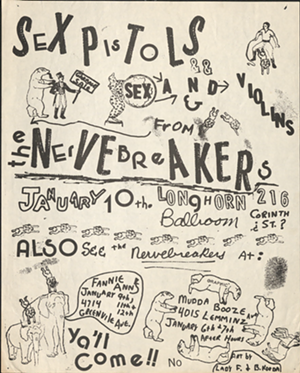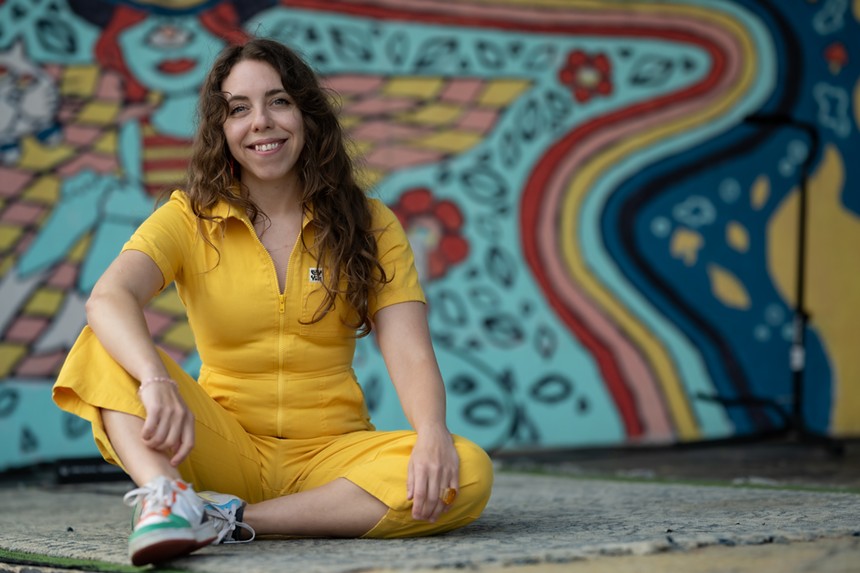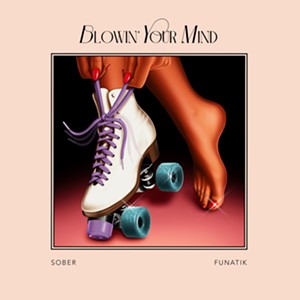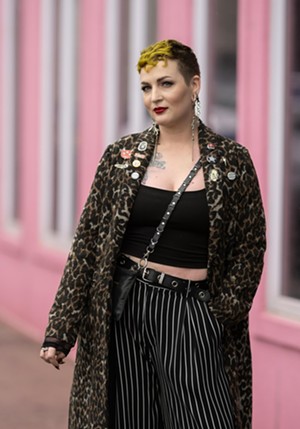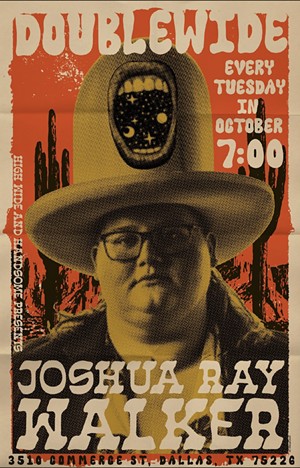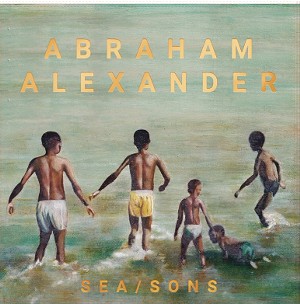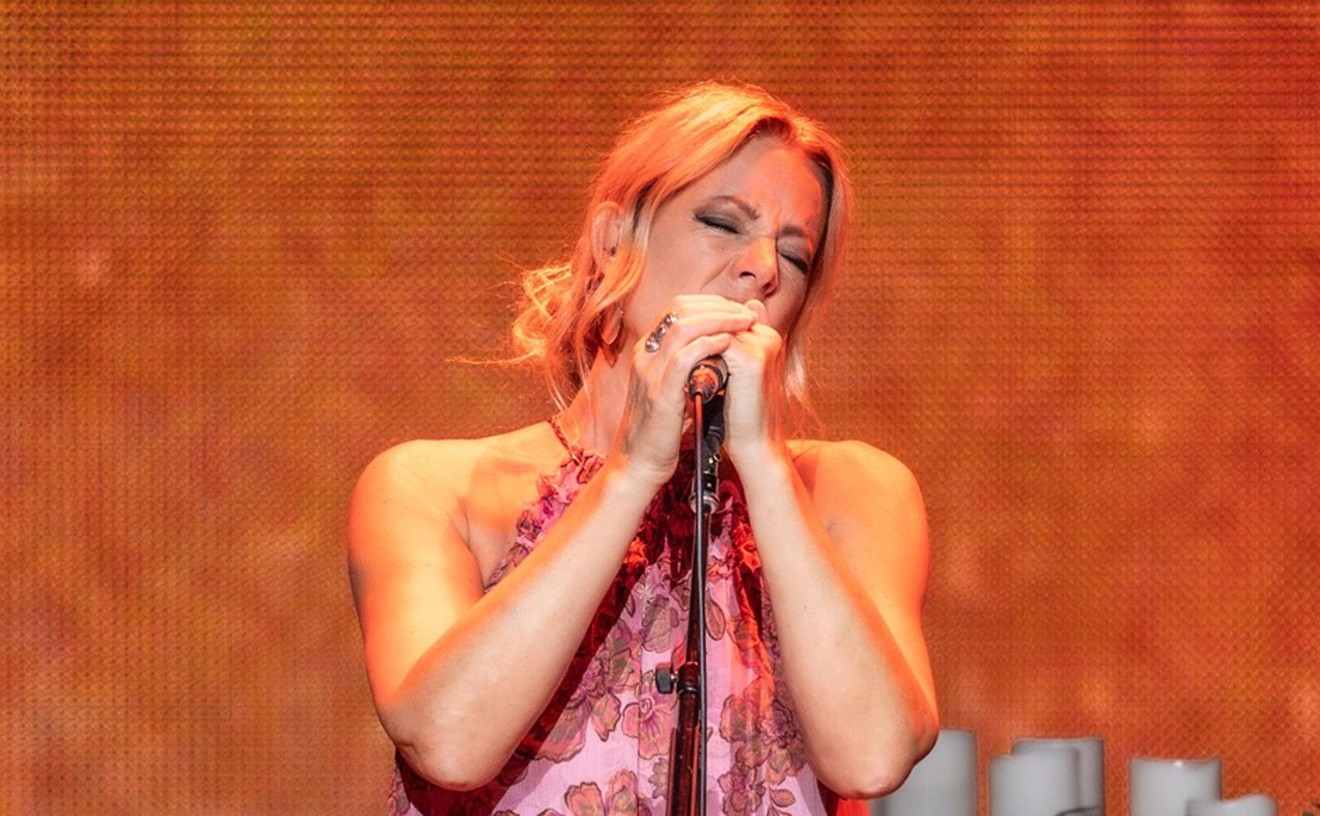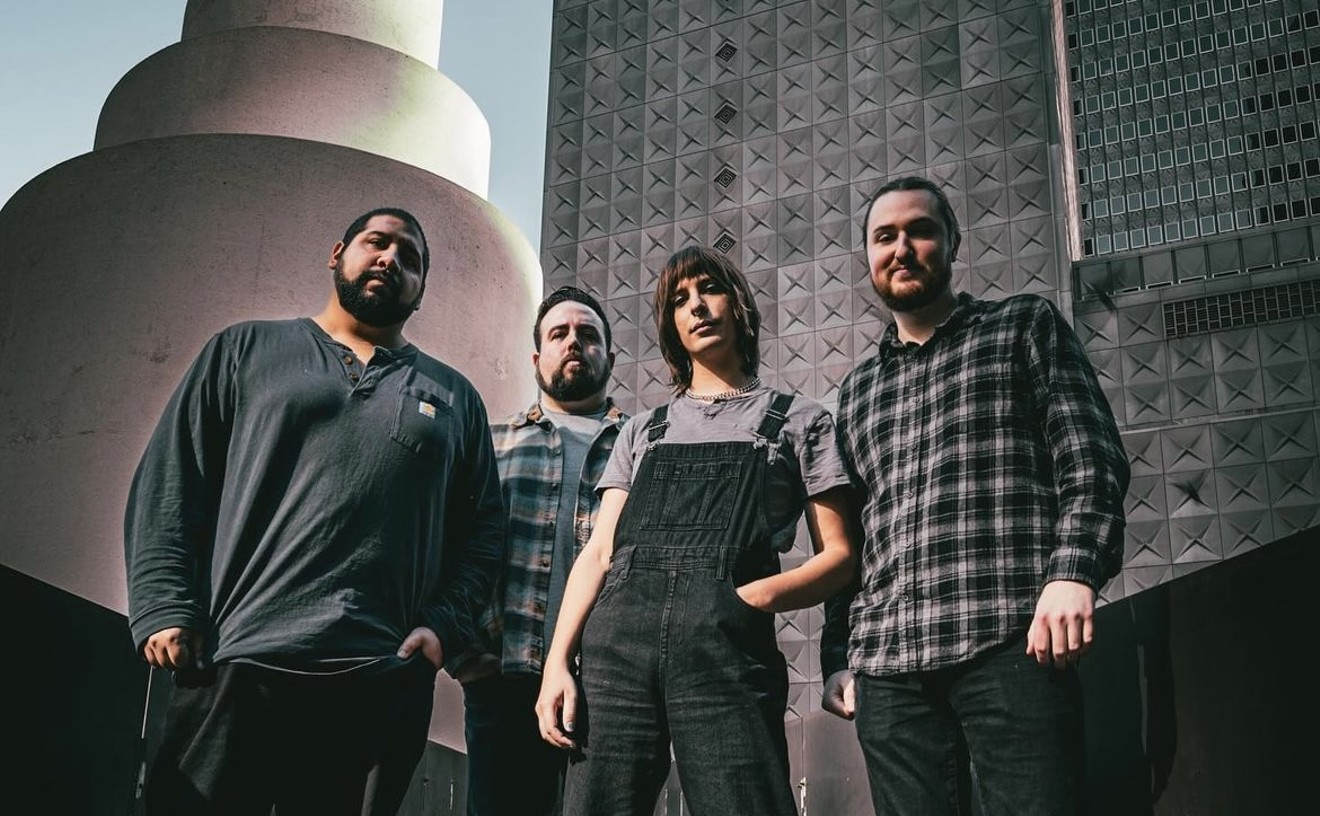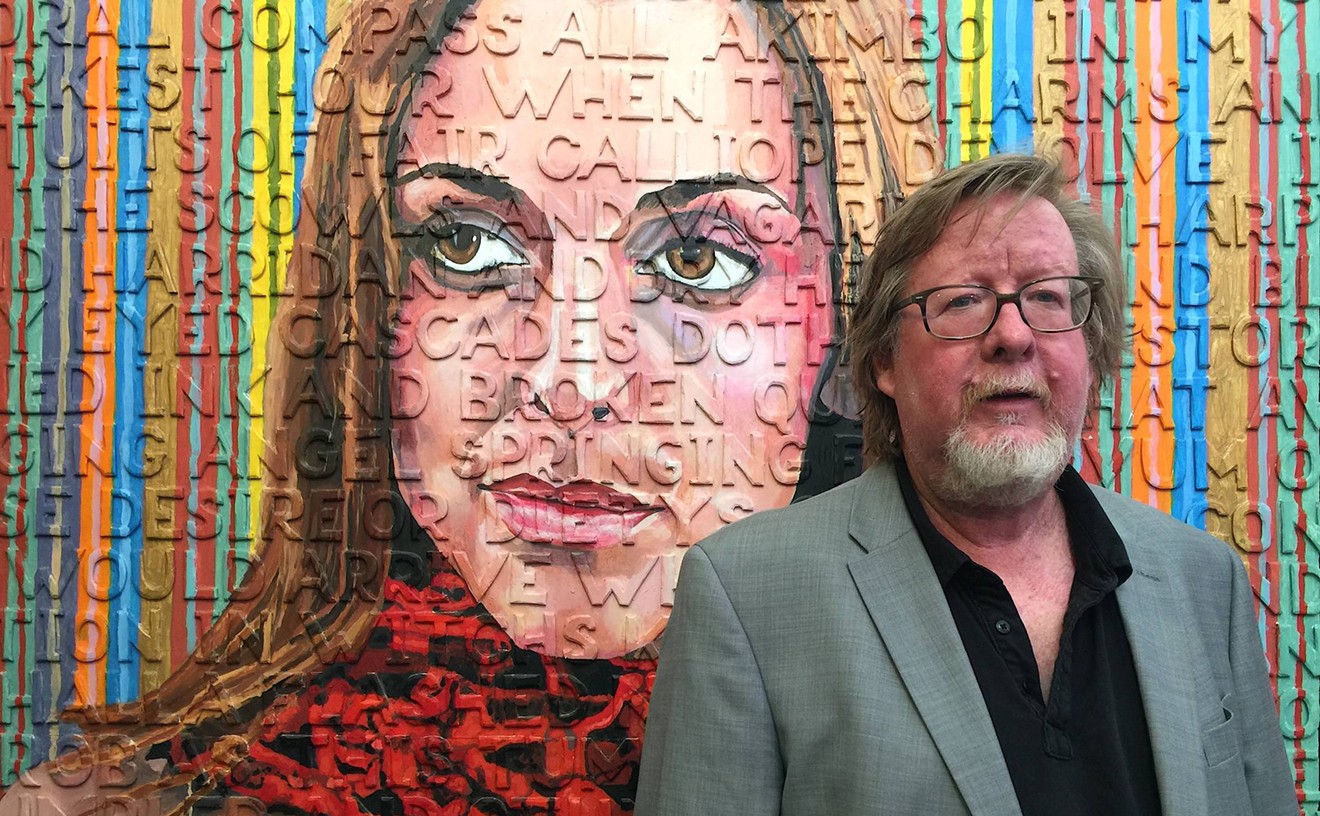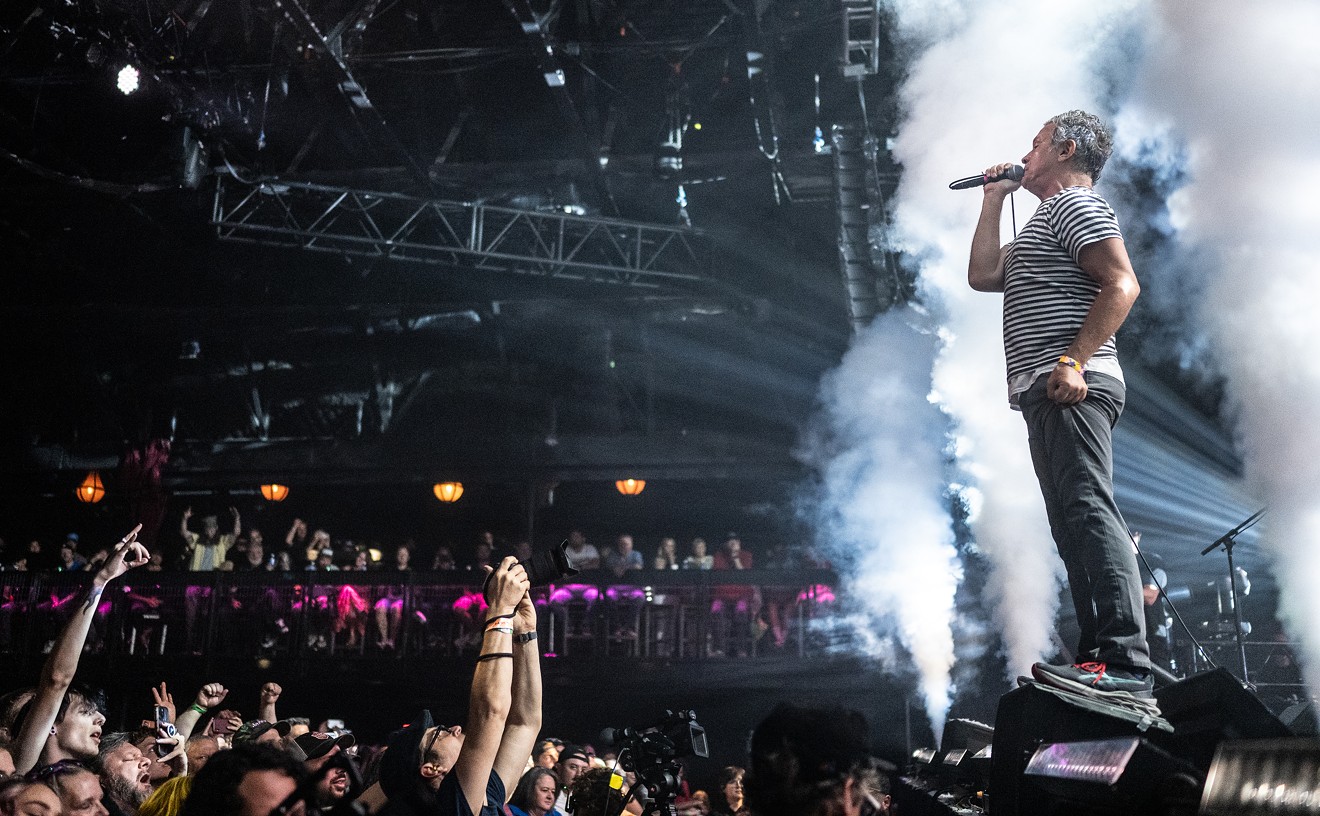Instead, cases are overstuffed with glossy posters, collectible buttons and faded flyers from concerts held decades ago, all the ephemera of a life spent loving — and watching — an era of influential music. Torn Apart: New Wave Graphics, Fashion & Culture 1976–1986 is a glimpse into how music is translated visually throughout time.
Torn Apart curator Andrew Krivine (who owns one of the world’s largest private collections of punk and post-punk memorabilia) says that from the very beginning promotional musical graphics and imagery were as important as a band’s sound. The photocopied paper slips designed to support a gig or record are often a fan’s first glimpse into what sound they could expect.
“The graphics were absolutely essential, and … posters and flyers became essential extensions of the core graphical work, the [record] sleeve,” Krivine says. “This art form remains vital because, for me, I see the music and graphics as fused, impossible to disaggregate. Because music is an eternal art form, this is also true of the graphics.”
From the early concert posters commissioned by country and blues musicians from Nashville’s 140-year-old Hatch Show Print to the imagery currently crafted by Lewellyn’s Print Shop in Deep Ellum, album covers and flyers have conveyed a three-dimensional vision in a two-dimensional space. In Dallas alone, iconic visuals define artists in many genres, including Charley Crockett, Abraham Alexander and Joshua Ray Walker.
Today, at least locally, more and more female artists are creating imagery for covers, posters and flyers. Yet their innovative work comes at a time when music industry budgets are cut to the bone. The use of digital media has also limited the demand for unique, collectible posters and other ephemera.
It’s harder than ever to make a living by creating these kinds of graphics. But the wide reach of social media platforms such as Instagram has allowed an ever-growing audience access to up-and-coming talent’s art, opening up a future where the work of graphic artists focused on music could make the leap from the merch table to gallery walls.

Hunter Moehring, a musician in the band FIT, was influenced by his father, an illustrator for Seattle’s historic Eagles Auditorium in the 1960s.
Mike Brooks
The Musician Is the Messenger
Often, musicians create their own visuals simply because they need promotional material without a major label budget. Rock graphics intrigued singer/guitarist Hunter Moehring of the local band Fit when he was growing up. His dad was an illustrator for Seattle's historic Eagles Auditorium in the 1960s, creating imagery for artists such as Alice Cooper, the Grateful Dead and Donovan.The late artist Frank Kozik, whose work was a stamp of approval for 1990s alternative artists, was another significant influence on Moehring, as were hardcore posters for Black Flag and the Bad Brains. Initially intending to focus on music as a career, Moehring says he "fell in love with both [forms], and graphic art became more and more consistent because it was a much better way to pay the bills.
“Often you’re a musician and start off making your own posters and get into it through that,” he says. “With a lot of musicians and designers, there’s a massive overlap in the Venn diagram.”
When he's not touring, Moehring is the design director at the community relations firm Cowan Roberts. He also creates posters and album designs for the Vandoliers, Old 97’s and Walker, as well as the Oak Cliff venue Revelers Hall.
“Now I’m in a very nice part of my career where I don’t have to take every project, so I really only do posters for bands I like or people I like,” Moehring says.
Musician/graphic artist Claire Morales also began making her show posters in high school before transitioning into album art for friends and herself when she entered design school at the University of North Texas. Drawn to the retro imagery of Strawberry Shortcake, Lisa Frank and the Care Bears, she says that, as a woman, she was naturally attuned to the subtle feelings and thoughts conveyed in a song.
“I think women are intuitive and empathetic and able to listen really well,” she says. “We can read what someone needs emotionally, and graphic design is a lot of being able to understand someone and empathize with them and create something that’s going to be what they needed illustrated.”
When working with another musician, Morales starts with research, listening to the band and discovering what makes them "different and special." Next, she gathers colors and fonts before creating pencil concepts to create the final art. Although much of her work leans toward a candy-colored psychedelic vibe, the linear skyline she created for the jazz fusion combo Snarky Puppy's Grammy Award-winning Empire Central is Morales' most notable project.
Ladies First
Today, women like Morales are thriving across Dallas’ nightclubs and venues, with female artists and promoters embracing what was formerly a male-dominated industry.“I definitely feel [things] have gotten more feminine,” says illustrator, writer and promoter Jessi Pereira. “In the post-COVID world, I’d say there are more women who have stepped up to run shows. The female talent has certainly increased from when I first entered the scene. It was super male-dominated, and now the scene has softened up a bit, so to speak.”
Pereira, who works under Jessi Supreme, began creating flyers for the Paradise party she made with DJ Sober in 2021. Mimicking a classic Xerox look, her hand-drawn style pulls from the '80s and '90s, as well as early-2000s stock photos and 3-D animated art. Because of her work in the city's nightlife, she was asked by Silver Surfer to model for the band's upcoming album cover.
Spinster Records booker Priscilla Ruiz, who also serves as the shop and venue’s flyer artist, believes that being a woman in the industry gave her an artistic superpower.
"However you identify, men and women definitely have different viewpoints, and our minds think differently," she says. “I think women or feminine people tend to think more emotionally and more straightforwardly. It's like, let's get to the point, let's make it cute, let's make it fun. Let's tap into the emotion of the band, see what they're about, and put it on paper."
Riot Girls
In her former role as daytime manager of Three Links, Kaia Bellanca was in charge of marketing, promotions and the mailing list. It was a natural pivot to making the graphics to promote the Deep Ellum bar’s endless array of punk rock shows. The artist, who “grew up watching a metric ton of music videos,” began creating her imagery during the glory days of MySpace. Today, she pairs hand-crafted collages with digital accents, drawing inspiration from classic punk logos and Riot grrrl imagery. During her nearly-10-year tenure at Three Links, she made flyers and posters for Amyl and the Sniffers, The Gorehounds and Tripping Daisy, as well as album covers for Lizzie Boredom, Responsible Johnny and American Shit Storm.
"I like to keep a little bit of lowbrow inspiration in there," Bellanca says of her splashy, hyper-colored look, which brands like Dr. Martens have also commissioned. "I like it when things are a little bit dirty or might make people uncomfortable. I like the weird and the shocking."
Also unafraid to explore controversial imagery is local artist Michelle Spearman. With an aesthetic drawn from pulp novels and classic Playboy magazines, the self-taught Spearman creates 1970s airbrush-style art digitally on her iPad. Her sexy designs have adorned everything from flyers for DJ Sober to an album cover for Pearl Earl, as well as packaging for corporate clients such as Vacation sunscreen.
Channeling the sensuousness, cheekiness and sleaziness of the disco era, Spearman's glossy bums, lips and cleavage effortlessly subvert the male gaze. She sees her embrace of the female form as a no-duh way to show empowerment. Collaborating with musicians who share her strong vision results in an equally strong work of art, like the recent belt buckle accent she created for Kitty Cohen's upcoming album Hellcat.
“The musicians I worked with have a very strong vision for what they want, and I really like that and try to honor that as closely as possible because they’re artists themselves,” Spearman says.
Having a musician drive the creative bus is the preferred methodology for most album and flyer artists.
"Anytime I've had a label or a manager approach me, that never worked out," Spearman says. “I think that the label might not see as much value in the artwork as the musicians themselves. Everyone who's approached me says it's worth the money if the vision is done correctly, but when I work with the label, it's more business-y.”
Digital Overground
In the 1990s, it was hard to stroll a downtown street without seeing layers of promotional imagery stapled to every telephone pole. Chris Lewellyn, owner of Lewellyn's Print Shop, says it might be his own fault that flyers have moved — more or less permanently — out of a physical space. "It's kind of funny because the reason you can't put flyers on telephone poles is because of the stuff I did in the '90s," says Lewellyn, who started his musical career working at Last Beat Records in 1996. “That was how I promoted all our bands, so all that covering was me in a sense. Every week, I went out and put up 150 flyers or posters, and over time, it really grew and became way too much, so I'm sorry about that!"
By the late 1990s, a city ordinance banned posters and papers affixed to utility and telephone poles, driving the distribution of flyers to bars, restaurants and concerts. Today, the easiest way to promote a show or DJ night is via social media, meaning artists must create work that also pops in the digital world.
Dallas-based flyer artist Taylor Smith (who has designed for Parquet Courts, Thee Oh Sees, Sheer Mag and The Coathangers, among others) says, "I think there are less shows and bands in general post-pandemic. Things have gone more digital and less print-based. Seeing a show poster in person to scale … is so much better than a phone screen, yet I feel like it's a lost art at this point. I remember being in my early 20s and going to bigger shows, and there was always a unique show poster for sale, usually screen-printed. Most things are just digital and all ad-based these days, [but] luckily, a lot of new hardcore and metal bands seem to be carrying the torch when it comes to original artwork and designs."
“The digital thing has changed [the industry] a lot,” Bellanca says. “People don’t put as much of their marketing budget into printing things. Sometimes, it’s a little bit sad — I’m going to make this flyer, and it’s never going to be a collectible item because it’s digital. But I don’t think flyers are gone forever. One thing that’s really cool about London is you still see flyers promoting everything from RuPaul’s new book to a local punk band.”
Lewellyn Print Shop’s Chris Lewellyn, who has employed the talents of artists such as Hunter Moehring, says he noticed the shift to digital starting in the early 2000s. “Now it’s about the Instagram post or the TikTok post. Before, things were so associated with the venue — it’s changed a lot. Now we design an image that's on a CD or a flyer, and we’ll also do it for a Facebook post, Instagram post and maybe a header on a website.”
Although social media has taken away a lot of the tactile aspects of the art, highlighting one's work on a platform like Instagram means a larger audience can discover an artist's output. Will Rhoten, aka DJ Sober, also works as a graphic designer and has created artwork for The Burning Hotels and Nina Sky. He says that social channels are now crucial for people to discover his work.
“A hundred percent Instagram is a big factor in how people discover you, and to that point, I do all the flyers for a big New York party called Tiki Disco,” he says. “I started making flyers for a guy in Berlin because he followed Tiki Disco. As much as we curse social media, there are so many opportunities that can happen that wouldn’t have happened before. But with the digital thing, a lot of people see that all day, every day, so your stuff needs to stand out even more.”
“Everybody’s scrolling, scrolling, scrolling, scrolling through TikTok, through Instagram, through X,” adds Priscilla Ruiz. “We’re just constantly scrolling, so it’s even more important to have something eye-catching so people stop and look at it and [realize] there’s an event going on.”
Art and Commerce
Flyer and album artists of both genders are understandably tight-lipped about their rates. Still, the cost of an average flier design can start as low as one hundred dollars and go up to the thousands, depending on the client's budget and the eventual use. Some artists will craft a flyer for a band they love just for the exposure. If a design is to be transferred into multiple sizes and media (a T-shirt, a screen-printed poster), rates inevitably rise. However, most artists say they prefer to accept a flat fee, even if an image will live on for the length of a tour or album.But as baby bands play for tips and even legacy acts rely on merchandise sales and touring to support their careers, it's harder than ever for the talents who create promotional art to make a living. Many of the graphic designers we spoke to moonlight in other areas, from hairdressing to retail, while others split their time between creating work for bands or venues and jobs for corporate clients. For most, the love of music or a particular band keeps them excited about creating imagery.
"I wish every band had the budgets to do screen prints and take them on tour, but there's not enough money in the music industry,” Bellanca says. “But you just keep plugging along. Sometimes, you do get those big things, then you don't get anything for a while, but you keep going."
Posters Go Posh
Even without the large budgets of the past, today's flyers and album covers could still end up in a museum-worthy collection like Andrew Krivine's. There's even an opportunity for the imagery to move into the fine art space, which happened with painter Elle Caerbert's work for singer-songwriter Abraham Alexander.Enamored with a photograph the musician posted on Instagram, Caerbert painted the musician and his brother on a beach. Alexander loved the work so much that he decided to use it for the cover of his record SEA/SONS. This led to a painting for the single "Heart of Gold" and several poster releases. The duo showed the work in a 2023 exhibition reflecting on Alexander's artistic journey at the private Oak Cliff club Le Sol House.
Events like this can lead one to imagine a brighter future when music-related art moves off the walls of clubs and Instagram feeds into a fine art space. Caerbert sees the genre's future as even more exclusive and revered, a situation that could easily satisfy the most die-hard fans. When Harry Styles holds pop-up shops and Taylor Swift drops limited edition merch and collectible album covers, it seems an obvious leap for artists to highlight their work with one-of-a-kind imagery.
"I think it would be a really good way not only to promote an artist because it represents their album in a new way," Caerbert says. "[Fans] can see a moment of the artist's life or their album process journey. I think there are boundaries that can be pushed that haven't been yet that are huge marketing opportunities for an artist. People want very exclusive types of elements — something more higher-end. True fans love stuff like that, and it's really cool to offer the really devoted fan a unique piece they can have in their home forever."
Andrew Krivine believes that as long as bands are touring, great graphics and imagery that promote them will thrive. The recent resurgence of domestic vinyl sales may help to keep musicians afloat, but it's also a bonus way for artists and graphic designers to continue to have a canvas to express themselves.
"People love vinyl; it's part of the whole tactile thing of getting away from your screen and interacting with objects and tangible materials," he says. "Selling the records at the shows to the people that love the music in a way is almost forcing intimacy into design and music, which is good. We want to see more and more flyers and posters and record sleeves created by young people."


